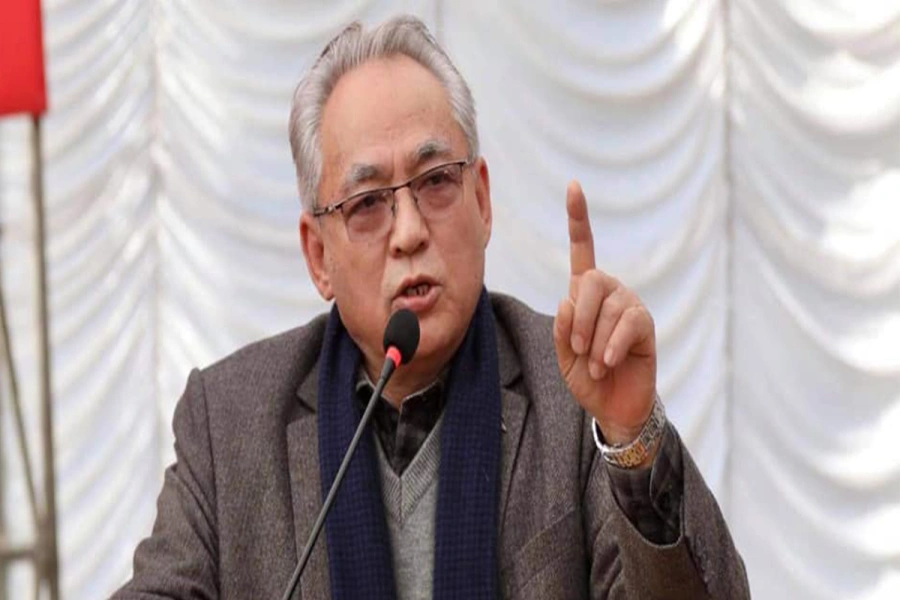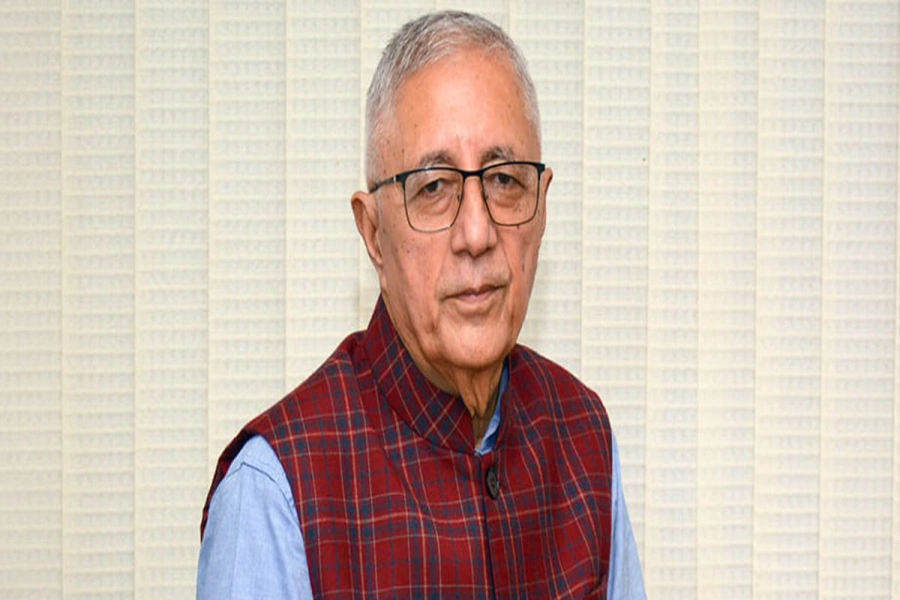Current trend in US politics is against constitutional vision. Ruling elites nurturing feelings of white nationalism raises fundamental question of American identity
Recently I was in San Francisco to attend a meeting of Non Resident Nepalis (NRN). While in the hotel lobby I met an old friend, Mahesh, a high tech professional and a naturalized American citizen of Nepali origin. Our conversation centered on an incident that reflects in many ways the present political commotion in the US.
Mahesh: Yesterday I faced an incident that I had never experienced in my 20 years stay. I parked my car and was just about ready to open the door when I observed another vehicle behind me. So I closed the door to make it easy for him to move forward. But instead of thanking me he got out of the car and looked at me in such a menacing way that I thought he was going to attack. His face was grim, looked mean and I could see hate in his eyes. I was stunned and was ready to inquire why he was angry. But I did not speak a word because I saw a gun on his hips. Frankly, I was scared. I do not know what is happening to America.
Lohani: So why don’t you report the incident to the police? I understand they are capable and efficient.
Mahesh: Well, should I? I am not sure.
Head held high

The historical baggage
To make sense of the present state of increasing polarization of politics and society in the US we have to look back at American history. In the 17th and 18th century, European countries were active in slave trade. America was a part of this trade and thousands of Africans were brought to the country to work in the cotton fields of American South. In 1860, differences in the economic interests of the industrializing North and the white cotton farmers of South led to disagreement on the question of slavery that ultimately led to civil war. It was a destructive war that claimed more than six hundred thousand people and ended in the defeat of the South. The defining element of war was slavery but economic interests were also critical.
After the end of the civil war in the 1860s, there was a spurt of black participation in both local and national politics especially in the South but it did not last long. Soon Southern states passed laws that effectively disfranchised the blacks. By 1870s, there was a political settlement between the different factions of the ruling establishment to keep mum on this issue as a part of the new compromise that allowed Southern states to legislate the oppression of the blacks. It was finally institutionalized in the “separate but equal” majority verdict of the Supreme Court. In practice, the white political establishment made sure that it was separate, grossly humiliating, disgraceful and unequal. In both politics and immigration the ruling establishment was determined to keep the US as a country only for the whites. Immigration of non-white people like Chinese and Indians was closed and participation of the blacks in power structure remained an unattainable dream. In effect, the constitution was used to destroy its very spirit.
America started as a country with the bold declaration that all men are created equal and it is the natural right of the people to seek freedom, liberty and happiness. It was and remains a revolutionary idea that has inspired millions around the world. However, it remained, in the words of late Martin Luther King, the leader of Civil Rights Movement of the 1960s, “a dream” that American state had refused to accept for the millions of people.
King’s struggle for human rights achieved a great deal. It led to the passage of new voting law and fair housing provision by the legislature. And for the whiles it seemed the historical baggage of segregation and oppression of the black citizens was going to be thrown away. In his speeches, King pronounced that a “check” of equality written in the constitution has been dishonored by the US government in the past. King saw the time had come for redemption. The method he chose to push his struggle inside his country against oppression and dehumanization was based on non-violent multi-racial coalition where the initiatives for grassroots struggle were led by the blacks.
The achievements of challenging segregation, promoting voting rights and fair housing demands based on peaceful grassroots revolution will remain defining characteristics of 20th century. In 1965, immigration was made less restrictive for professionals from non-white countries. Remarkably, all these changes that accepted, albeit reluctantly, the doctrine that ‘all men are created equal’ were made using the institutional structures set up under the constitution.
In the second half of the 20th century, the flexible response of US political system to eliminate segregation and provide equal economic opportunity to all citizens faced three roadblocks that were not visible but real. First, a section of White Anglo Saxon Protestant Culture (WASPC) was not ready to internalize the doctrine of equality without reference to race. Thus segregation was eliminated in form but not necessarily in content when it came to jobs, education and other social and economic interactions. Second, in the last quarter of the 20th century, the US was becoming increasingly a knowledge-based economy that rewarded skilled immigrants of different culture and color as long as they contributed to new wealth generation. This was against the special privileges in the political and economic system taken for granted by the white majority. A groundswell of resentment against this new development has been further accentuated by a rising earning gap between the knowledge-based economy and traditional industrial sector that absorbed the less educated white population. Third, globalization and the institutionalization of the liberal trading order added only fuel to this fire of resentment since income inequality was one of its by-products. A combination of all these elements has produced a combustible cocktail of resentment that is on the lookout for scapegoats who are seen as working against the interest of the United States. It has given rise to a new sense of white nationalism that sees the rising economic, political clout of the non-whites and other ethnic groups as a threat.
American future
Remarkably, the US political establishment has quietly ignored the increasing inequalities in income and opportunities inside the country in spite of an eco-system that is innovation-friendly and conducive to increasing wealth and productivity. But the gap between the rich and the poor is greater than ever and vertical mobility is becoming increasingly difficult.
It seems that the super rich and their lobbyist in the power structure have so far been able to avoid this issue in national discourse. Instead, emotional rhetoric of immigrants “invading” the US has found its way in political dialogue and is now part of a new normal. It is indicative of white nationalism and an attitude of “we” versus “they” where each political party is finding it increasingly difficult to find compromise and tolerance through institutional mechanism under the constitution. The constitutional buffers against partisan politics are under pressure. Hurling political charges against one another without any factual basis is becoming common.
As a visionary document American constitution remains a major achievement of the human race. It boldly endorses idea of citizenship irrespective of color, ethnicity, language, culture or gender. The current trend in US politics is against this vision and the effort of a section of the ruling elite to nurture feelings of white nationalism raises the fundamental question of American identity.
Is it going to be nation of white nationalists or a mosaic of different race, culture and ethnicity as envisioned by Martin Luther King? Half a century later, King’s dream remains a serious challenge for Americans. How it is going to be resolved in the future will have far reaching implications both inside and outside the US.
The author, former foreign minister of Nepal, is the president of ARPP (Nationalist)







































